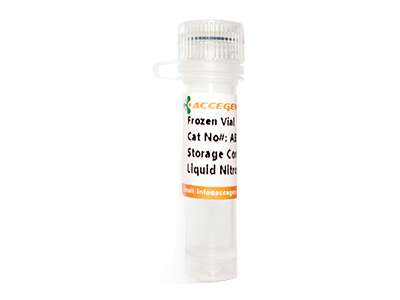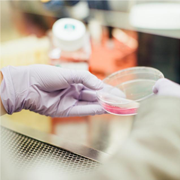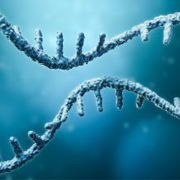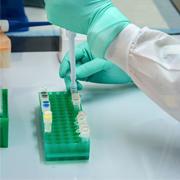Home > Products > Tumor Cell Lines > Human Tumor Cell Lines >
HMVII |
||||
|---|---|---|---|---|
| Product Name |
HMVII |
|||
| Price | Get Quote | |||
| Product Code | HMV-2; HMVII; Human Melanoma Vagina-II |
|||
| Cat.No |
ABC-TC0394 |
Species |
Human |
|
| Size/Quantity |
1 vial |
Biosafety Level |
1 |
|
| Shipping Info |
Dry Ice |
Storage |
Liquid Nitrogen |
|
| Description |
HMVII is a human melanoma cell line derived from a vaginal malignant melanoma in a 65-year-old female with blood type B. The cell morphology is epithelial-like. Vaginal malignant melanoma is a rare, aggressive, and poorly prognostic malignant tumor, occurring primarily in postmenopausal women. Primary malignant vaginal melanoma is thought to arise from melanocytes located abnormally in the vaginal epithelium and is classified as a mucosal malignant melanoma. Studies have shown that in the HMVII cell line, which has intact IFN signaling, ruxolitinib can inhibit the IFN response in melanoma lines with functional JAK/STAT signaling, thereby sensitizing the melanomas to vesicular stomatitis virus oncolysis.
Why choose HMVII from AcceGen? HMVII cell line from AcceGen is cultured in the medium of Ham’s F10 or RPMI 1640 medium supplemented with 2 mM glutamine and 10-20% fetal bovine serum (FBS), and maintained at 37℃, 5% CO2. Confluent cultures are split at a ratio of 1:3 to 1:6, i.e. seeding at 2-4×10,000 cells/cm2, using 0.25% trypsin or trypsin/EDTA. |
|||
| Disease | Melanoma |
|||
| Source Organ | Vagina |
|||
| Recommended Medium And Supplement | Ham’s F10 or RPMI 1640 + 2mM Glutamine + 10-20% FBS |
|||
| Citation Guide |
When you publish your research, please cite our product as “AcceGen Biotech Cat.# XXX-0000”. In return, we’ll give you a $100 coupon. Simply click here and submit your paper’s PubMed ID (PMID). |
|||
| Application | FOR RESEARCH USE ONLY HMVII cell line can be used in cytotoxicity experiments, such as testing its sensitivity to OV, herpes simplex virus 1 (HSV1-dICP0) and vesicular stomatitis virus (VSV-Δ51). It can also be used to identify biomarkers that predict immunotherapy response and resistance mechanisms. In addition, cells can be used to study signaling pathways and screen for the best drugs or drug combinations for the treatment of vaginal malignant melanoma. |
|||
| Growth Conditions | 37 ℃, 5% CO2 |
|||
| Cell Type | Epithelial |
|||
| Growth Mode | Adherent |
|||
| Product Type |
Human Melanoma Cell Lines |
|||
| Product Image |

|
|||
- ONLINE INQUIRY
- PRODUCT REVIEWS
Fill out a request in the form below and we’ll get back to you within 24 hours with a quote.





